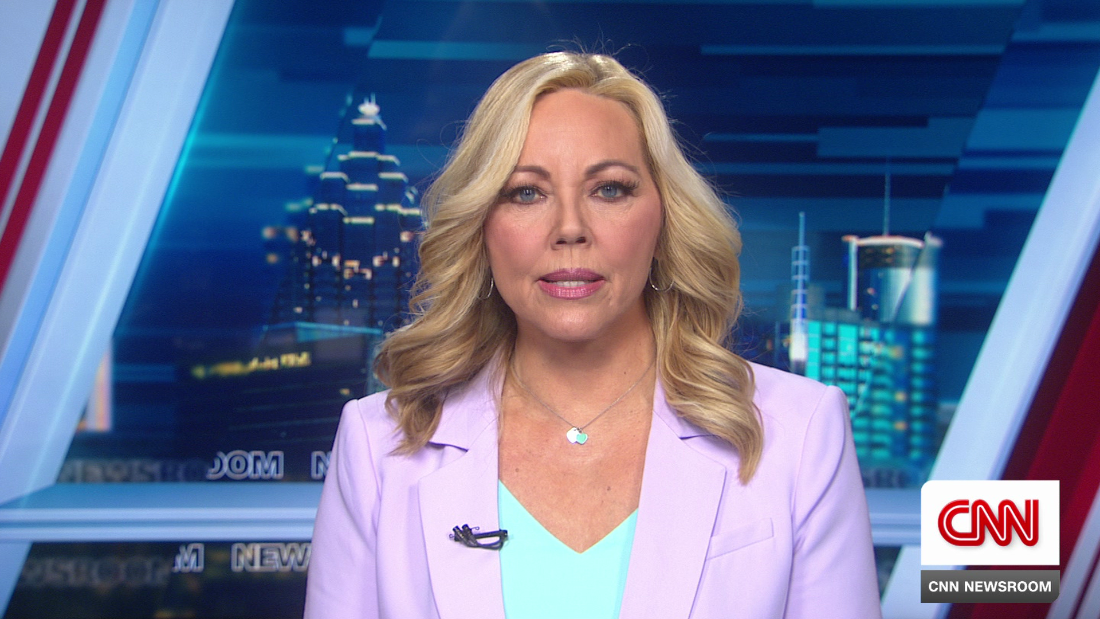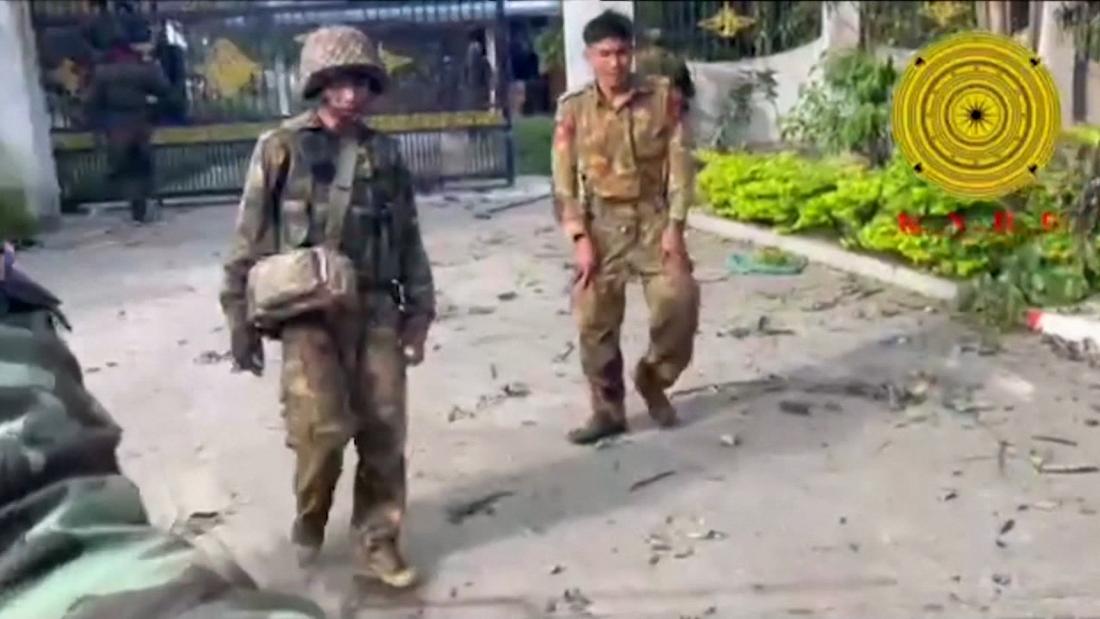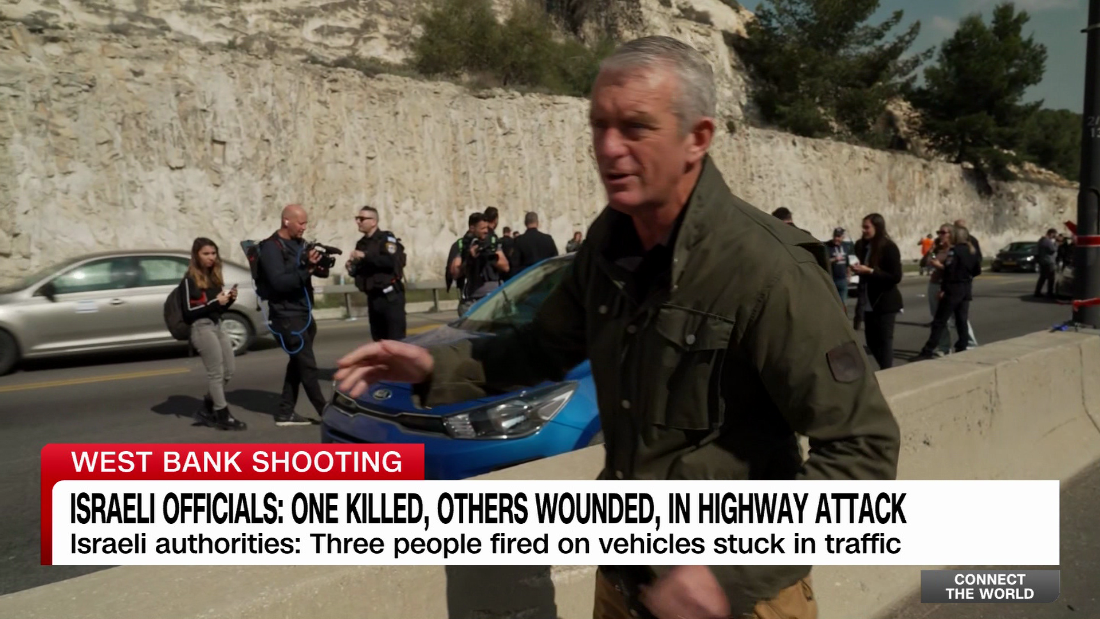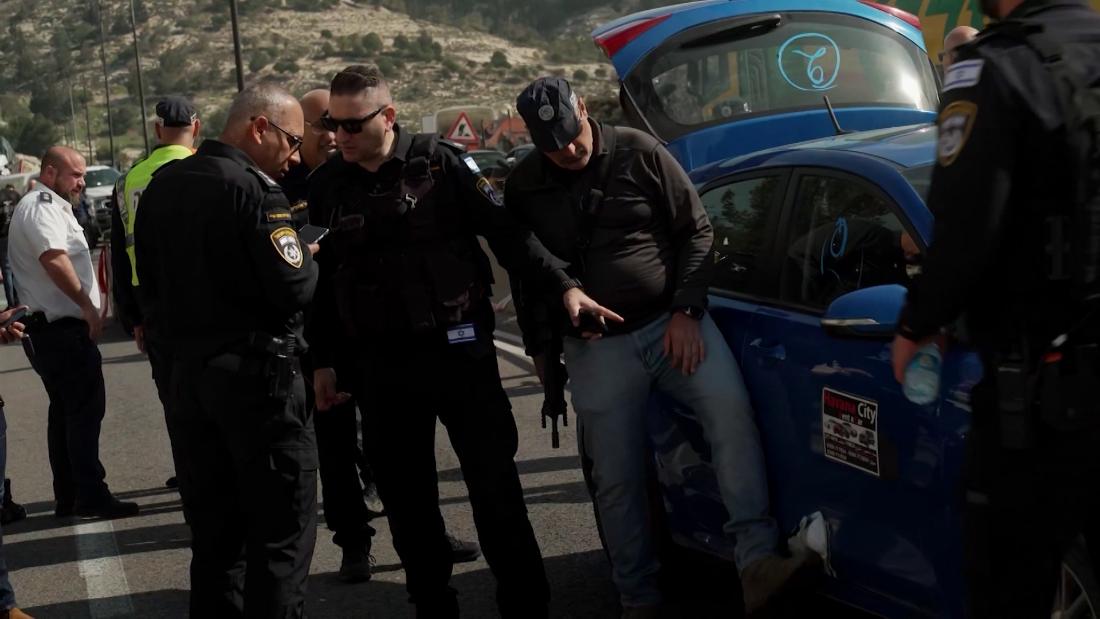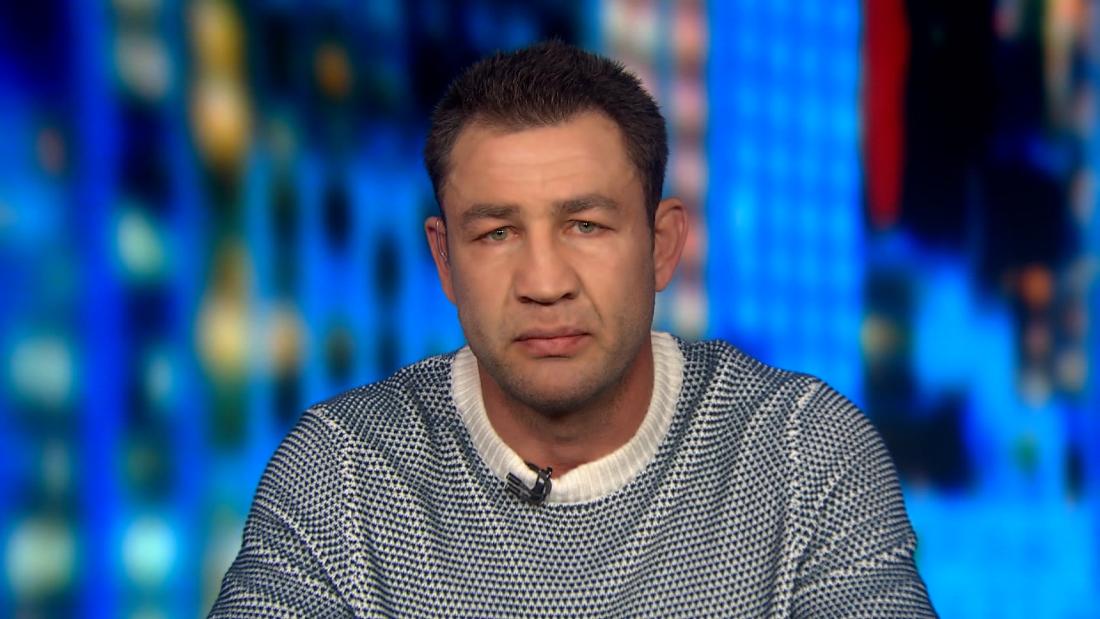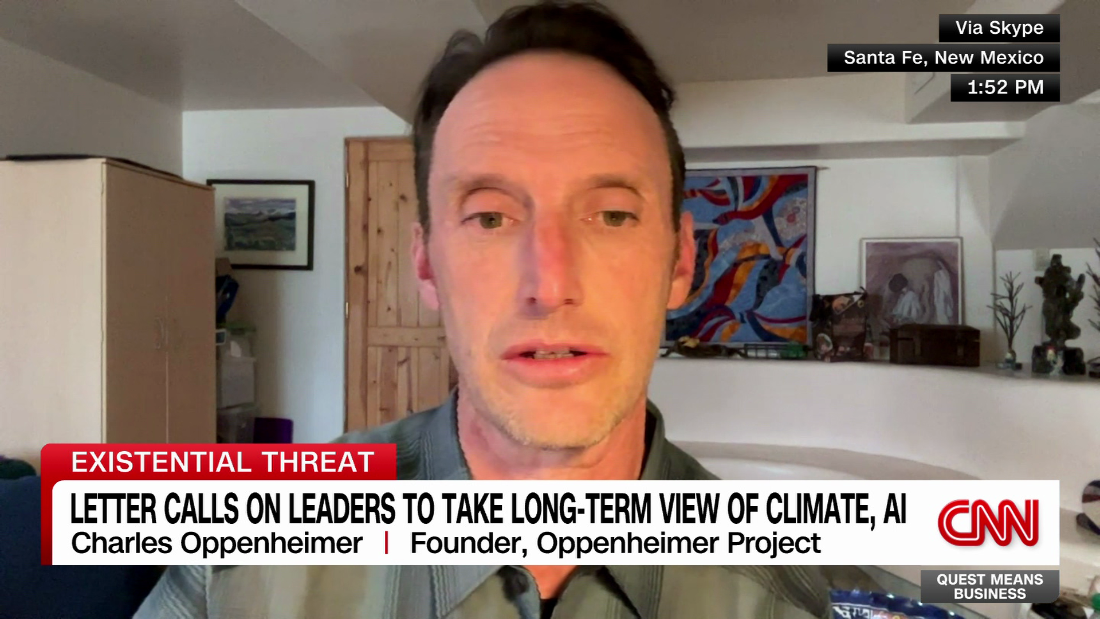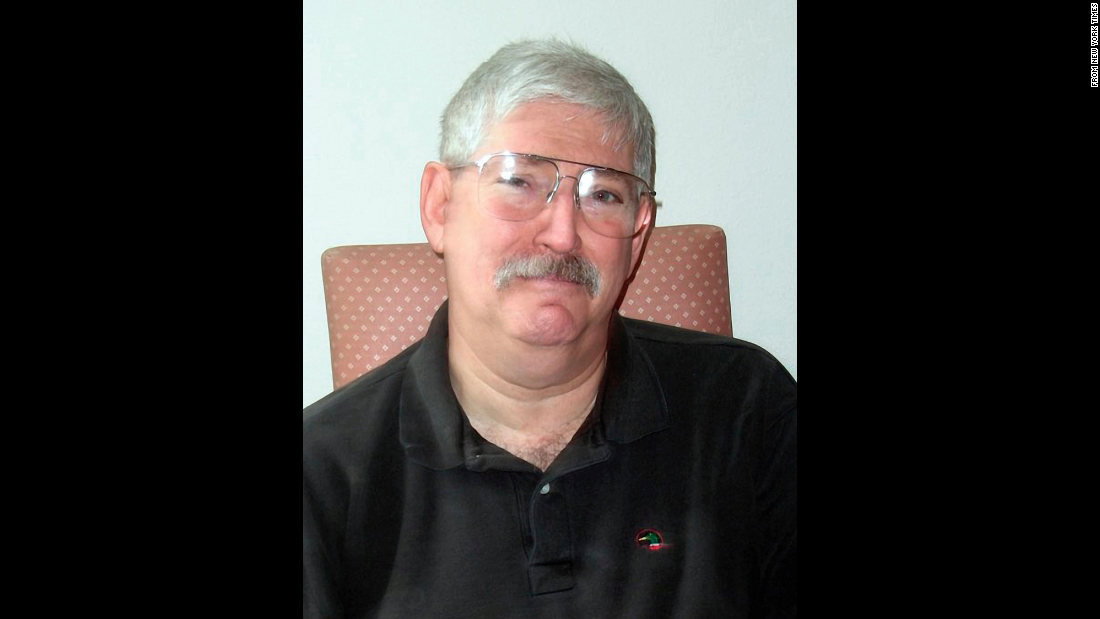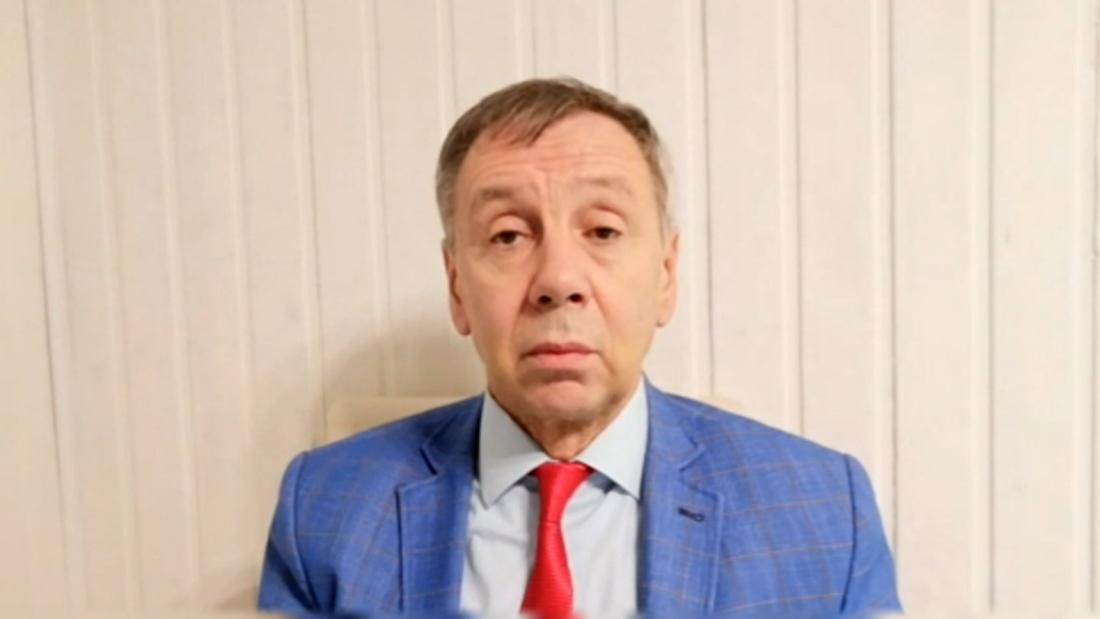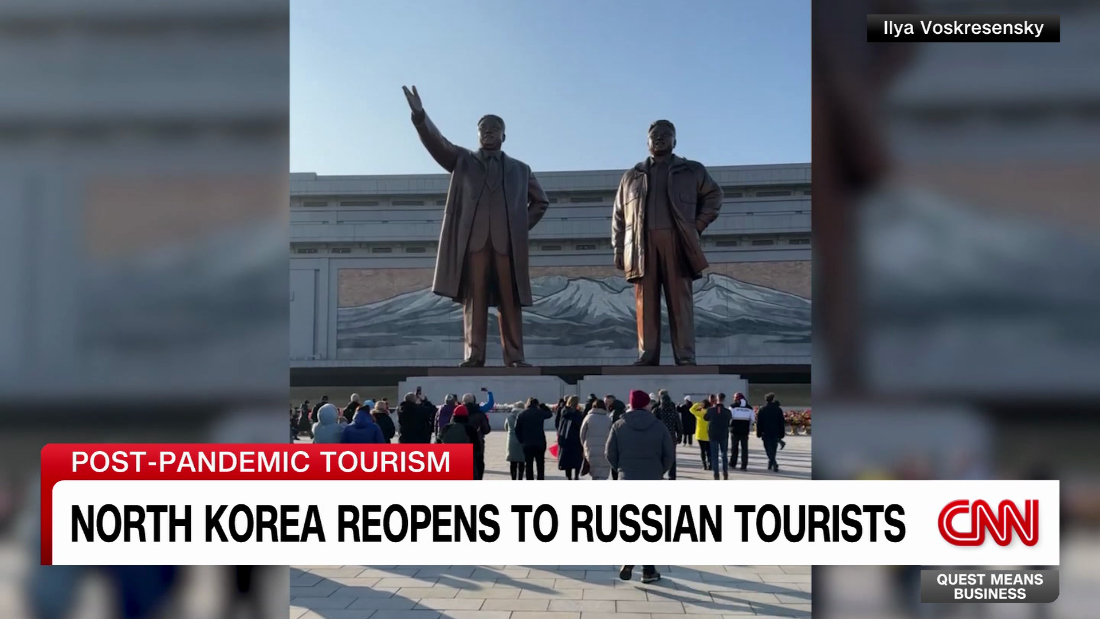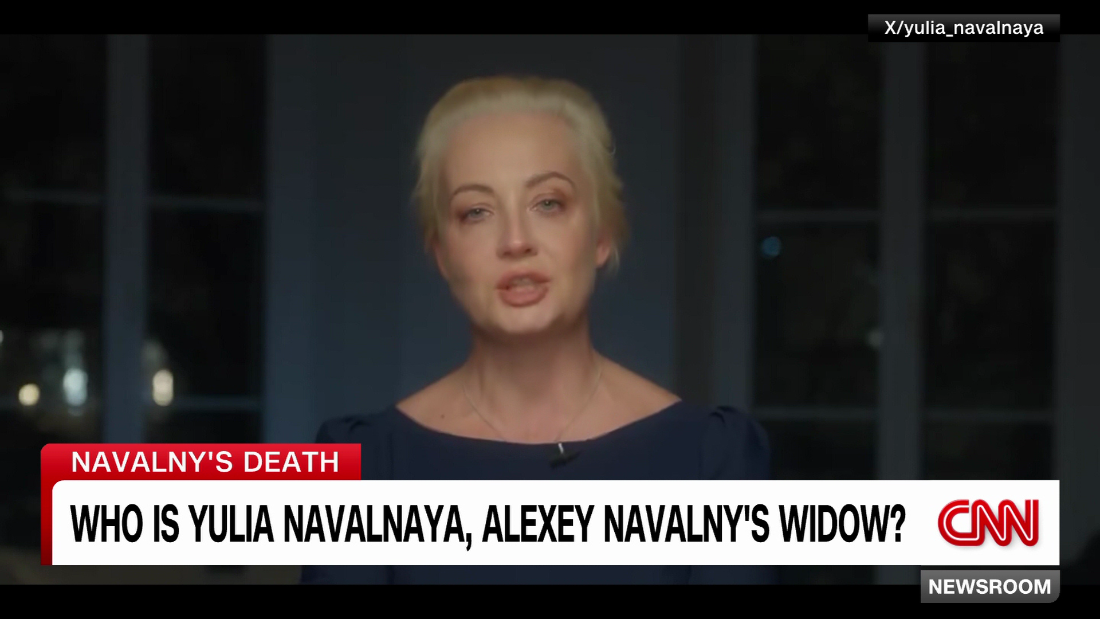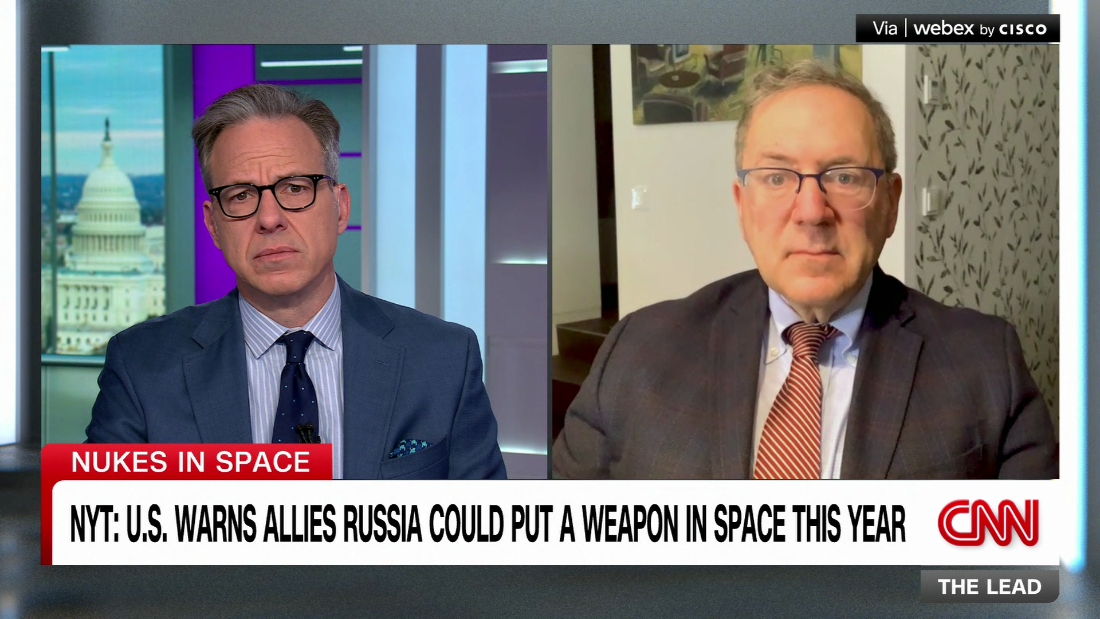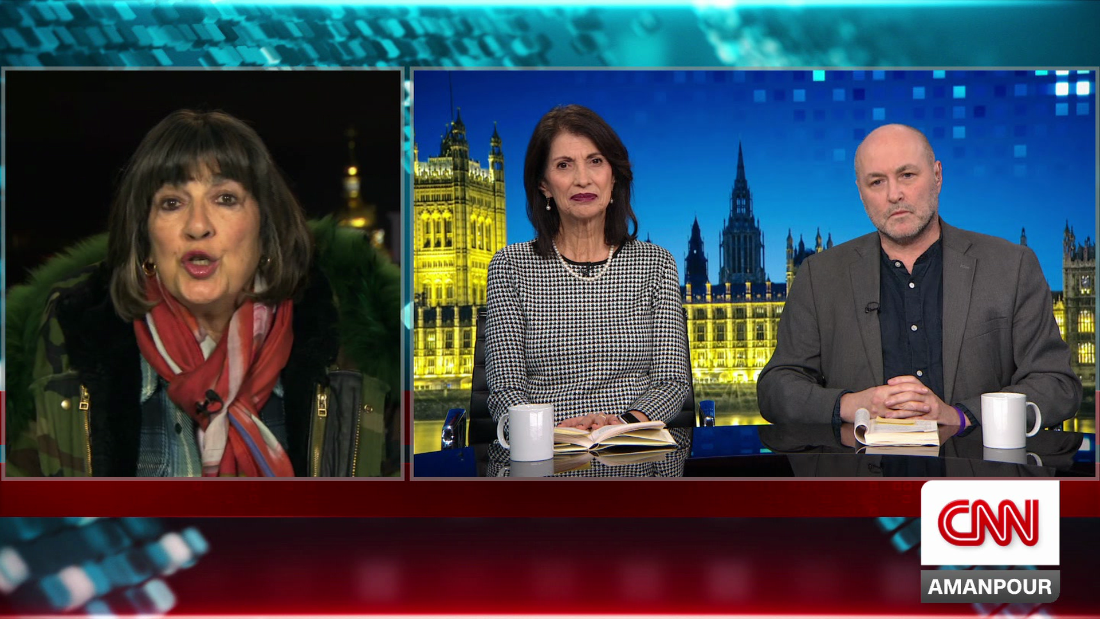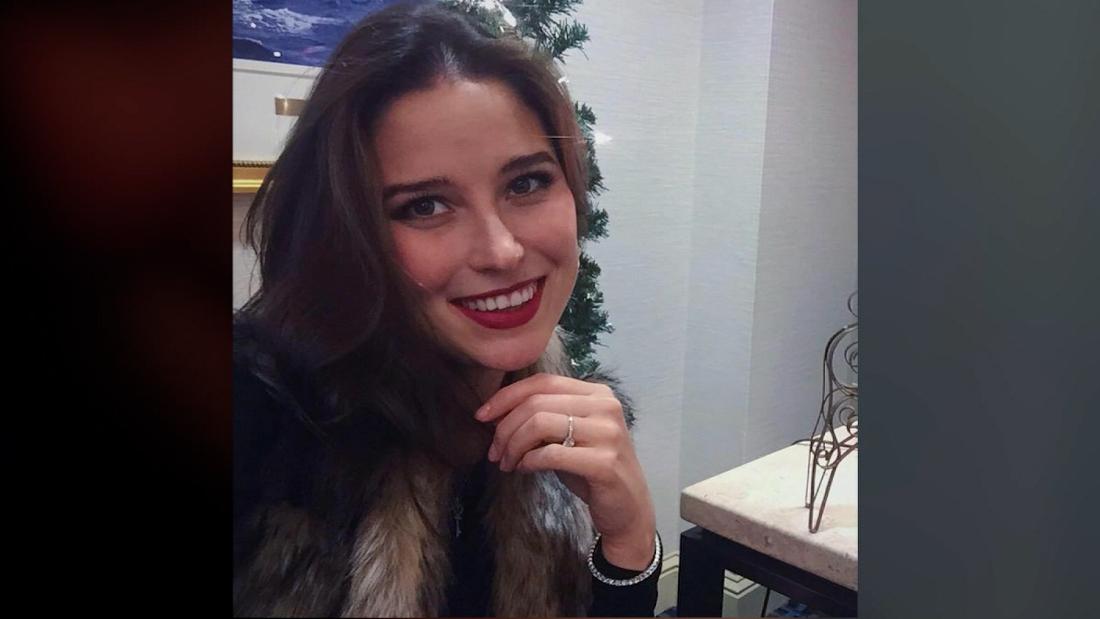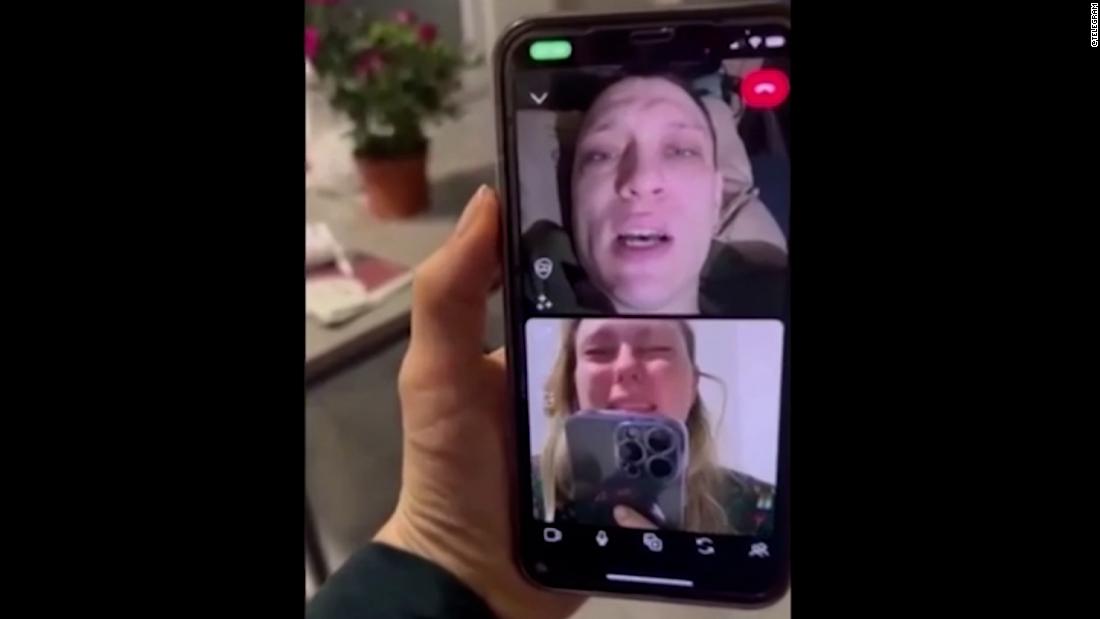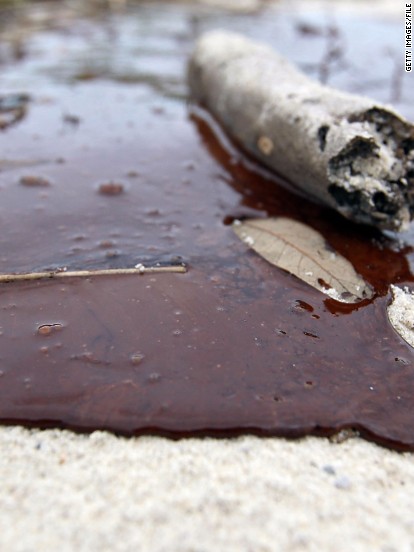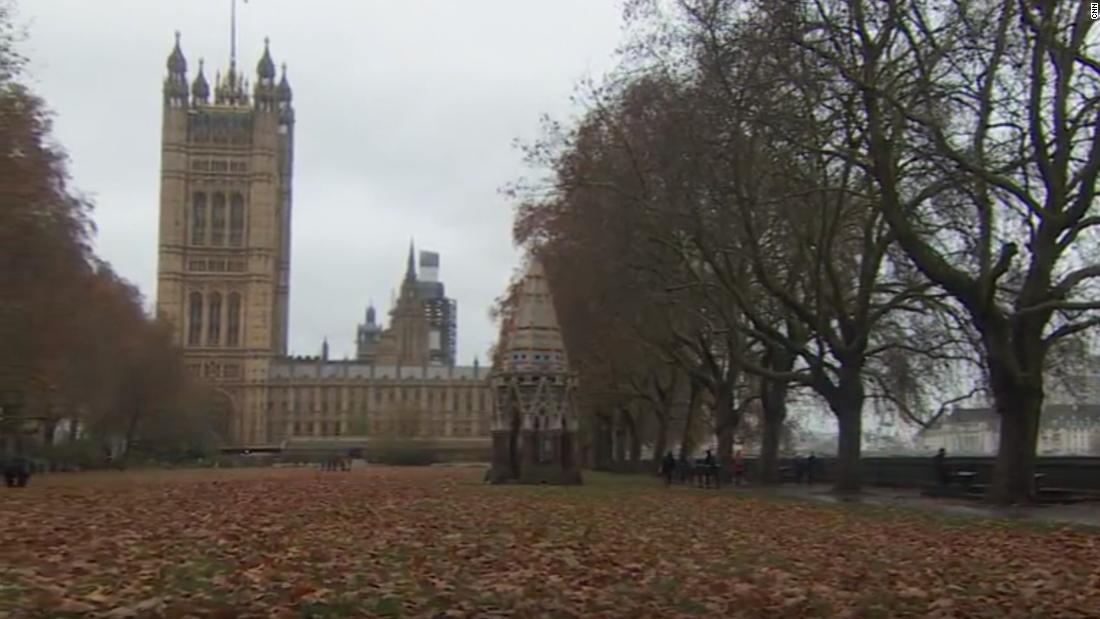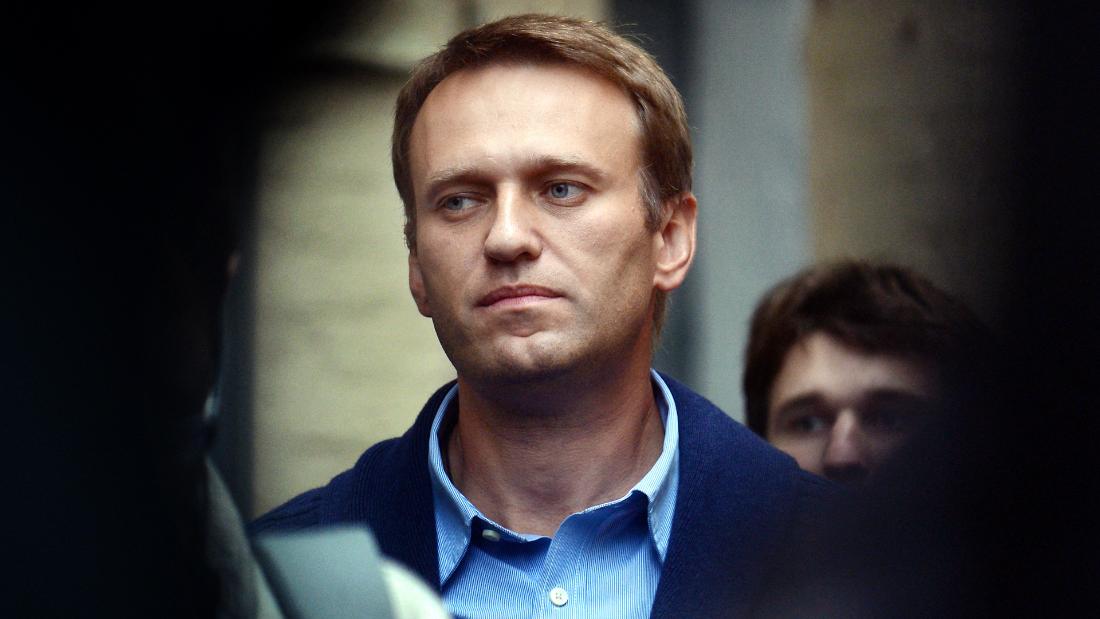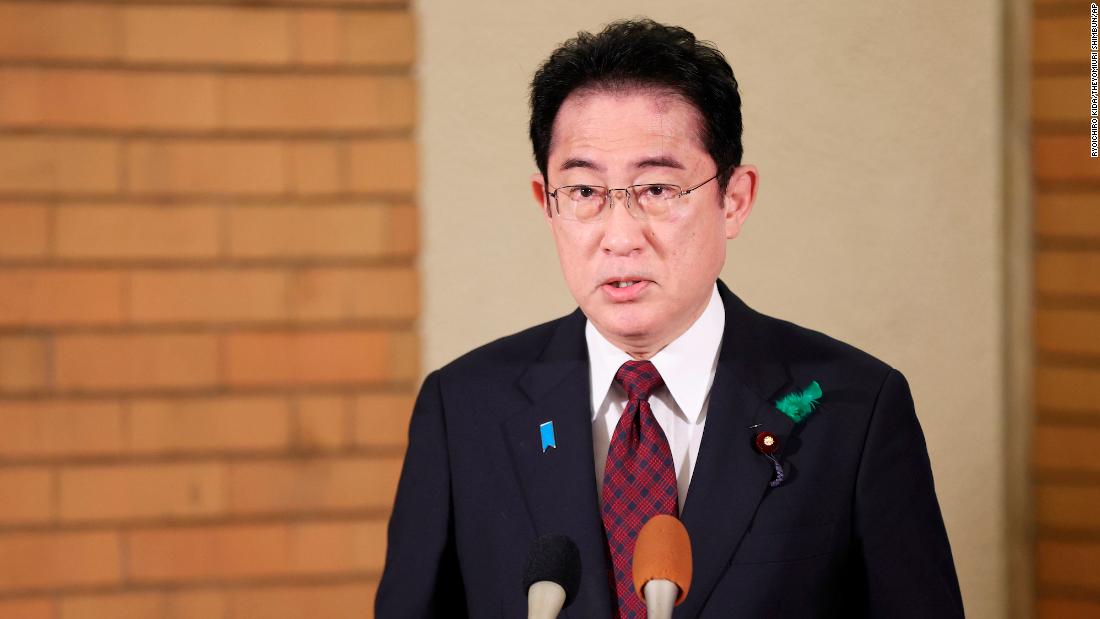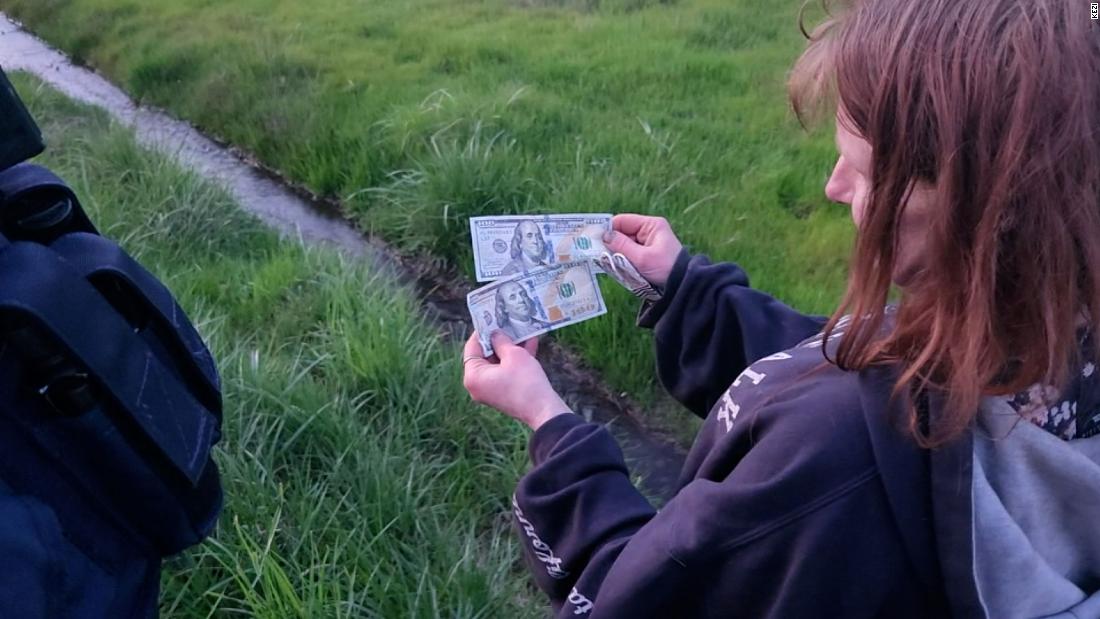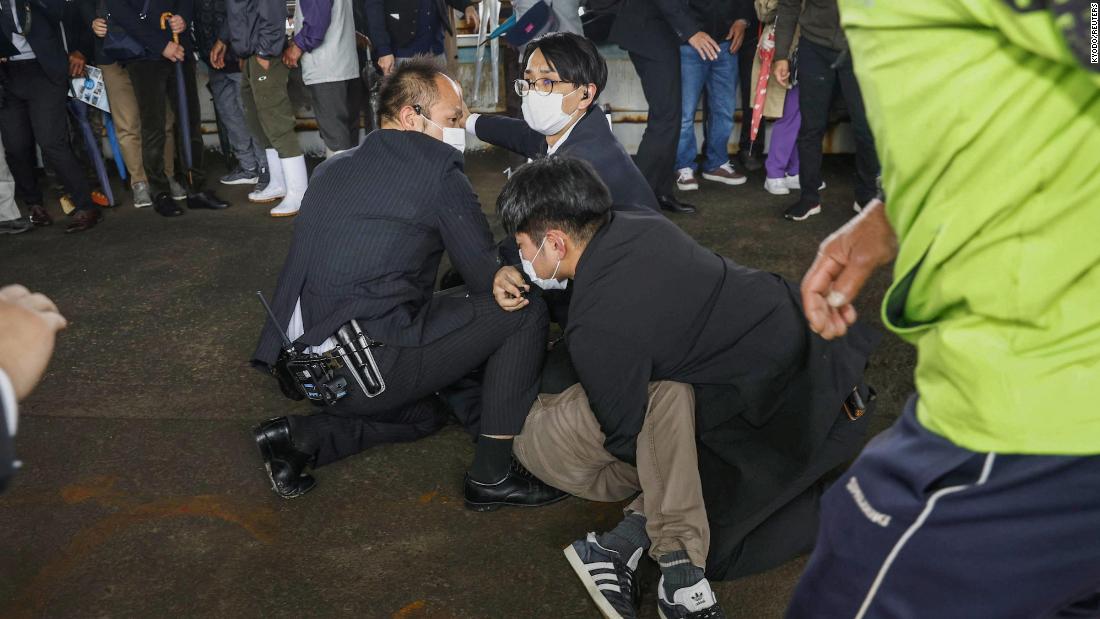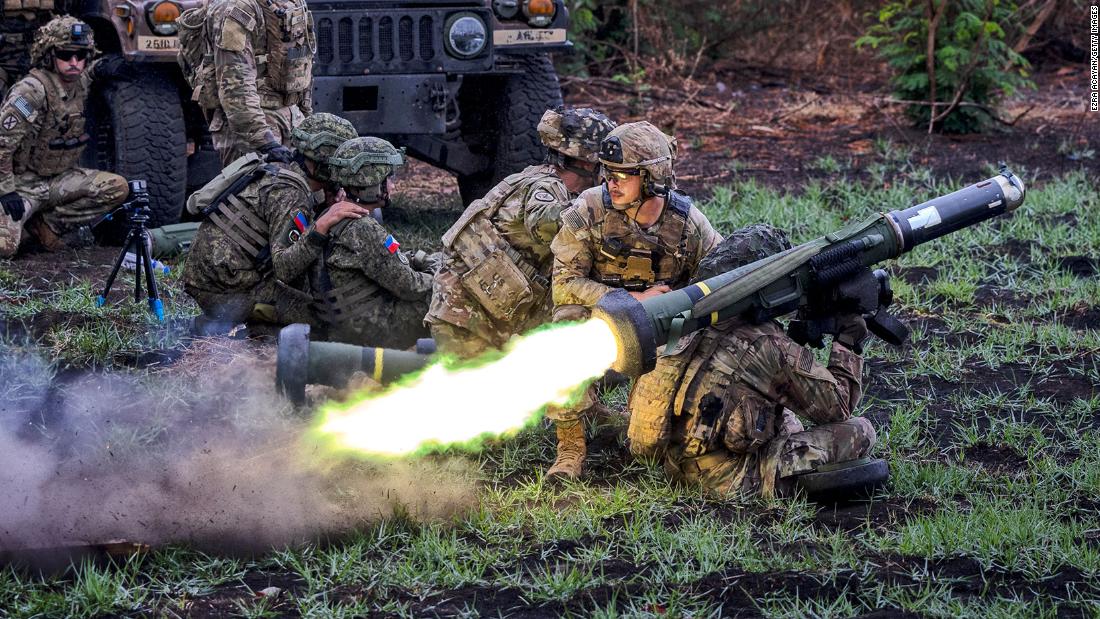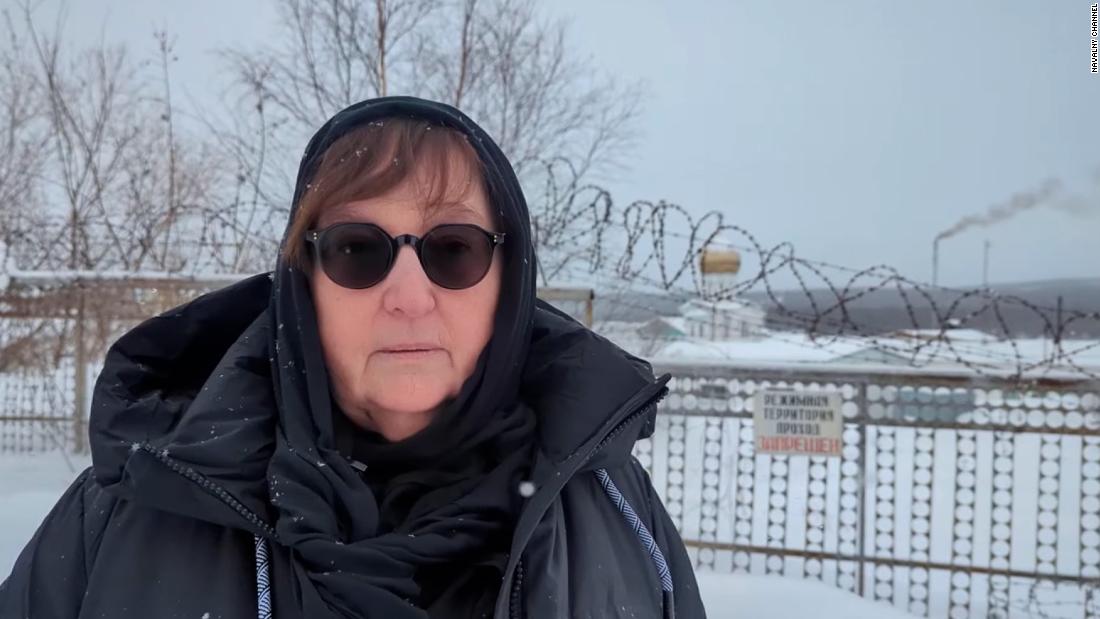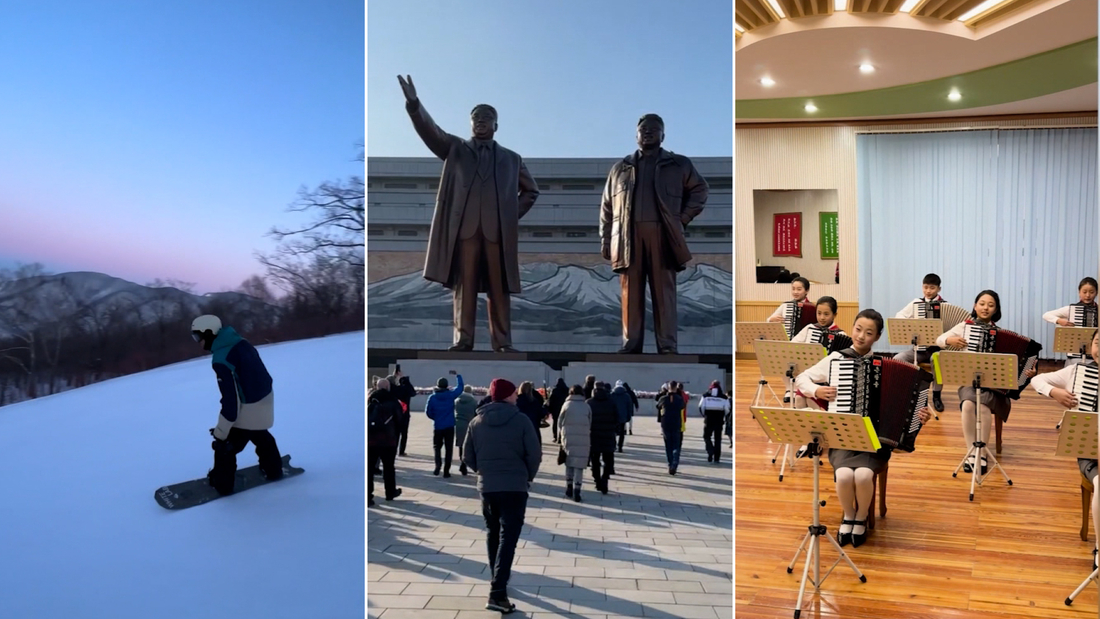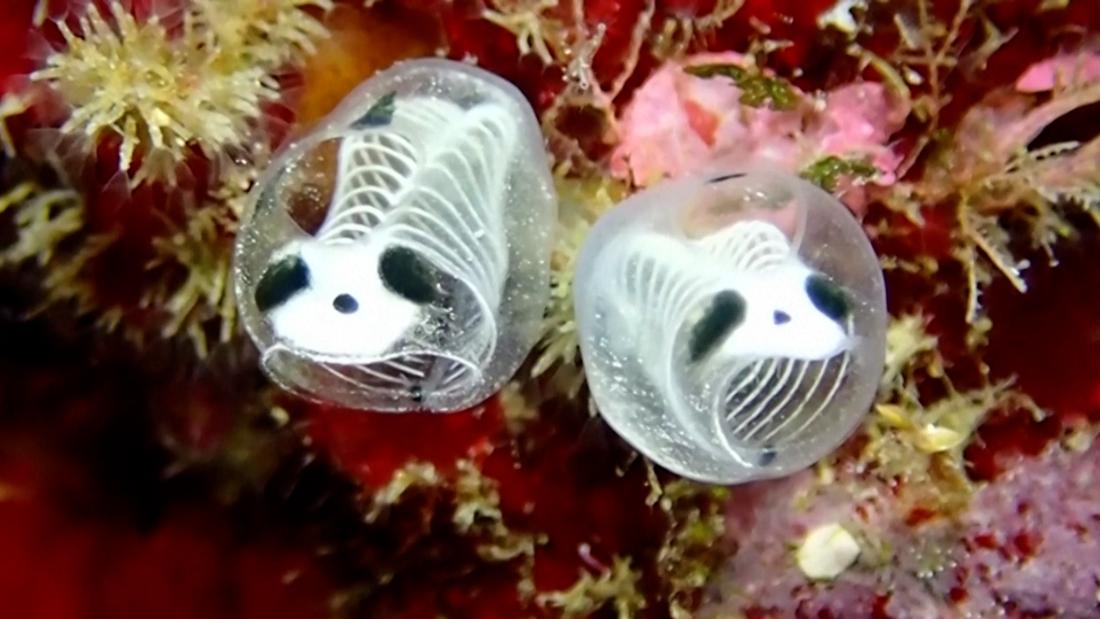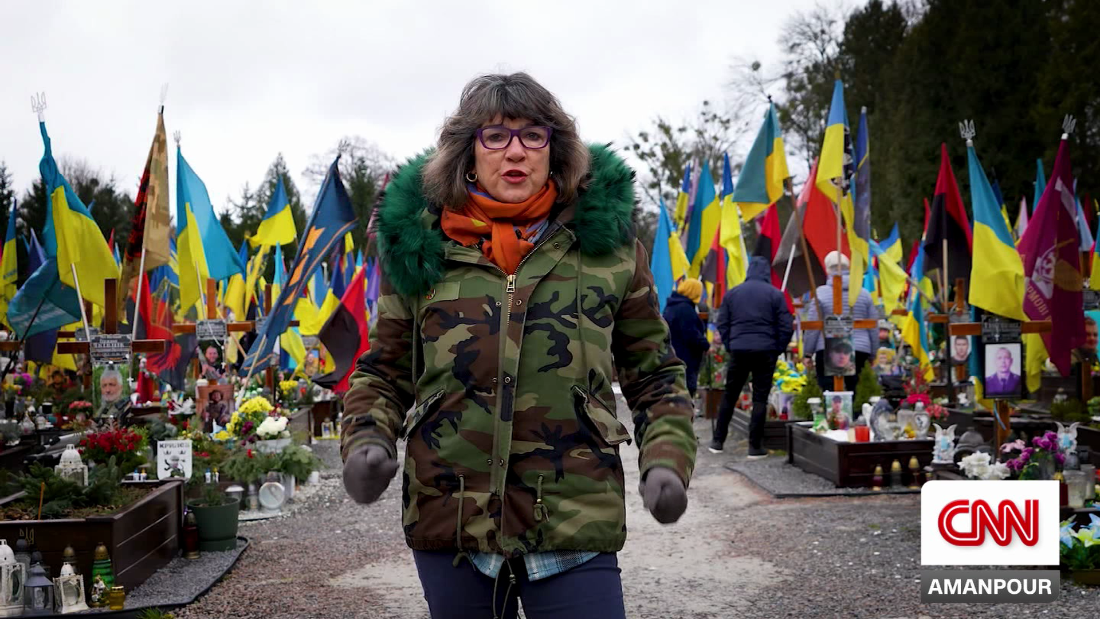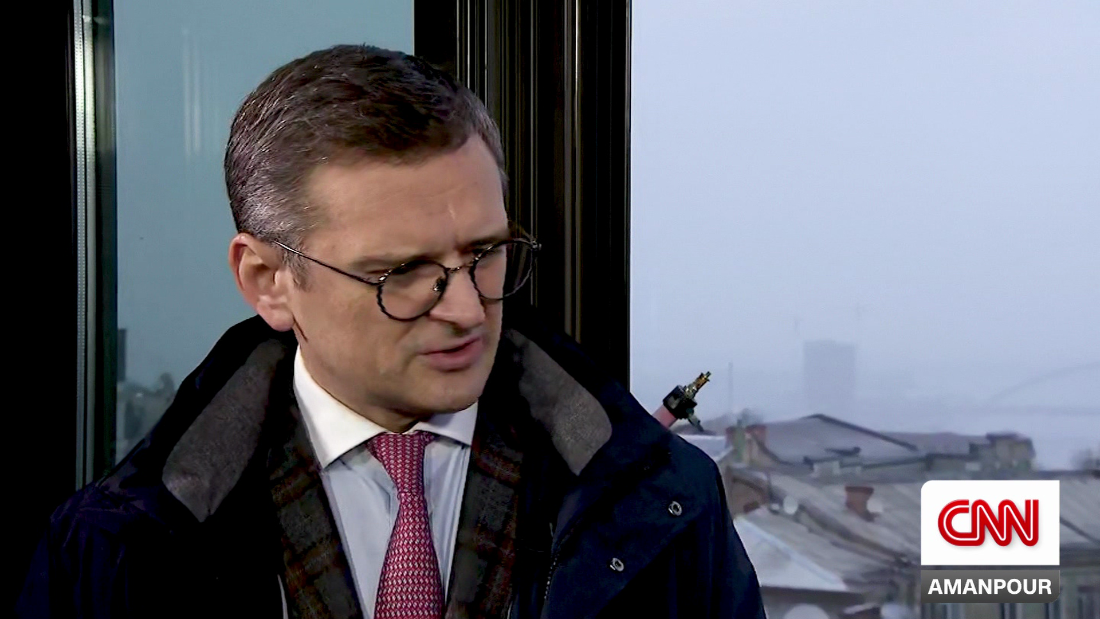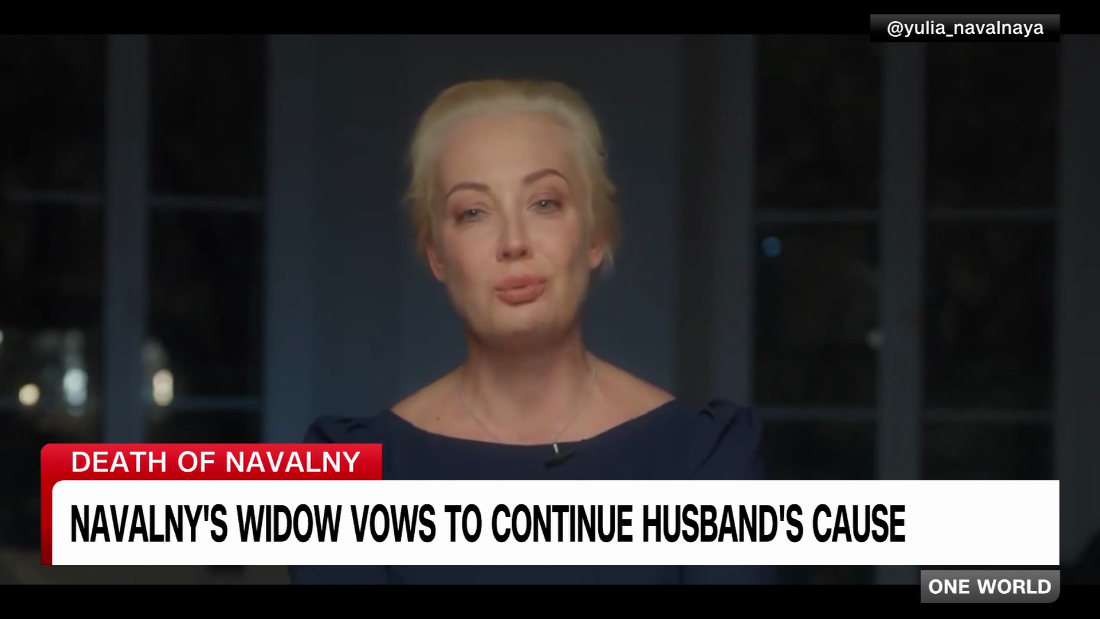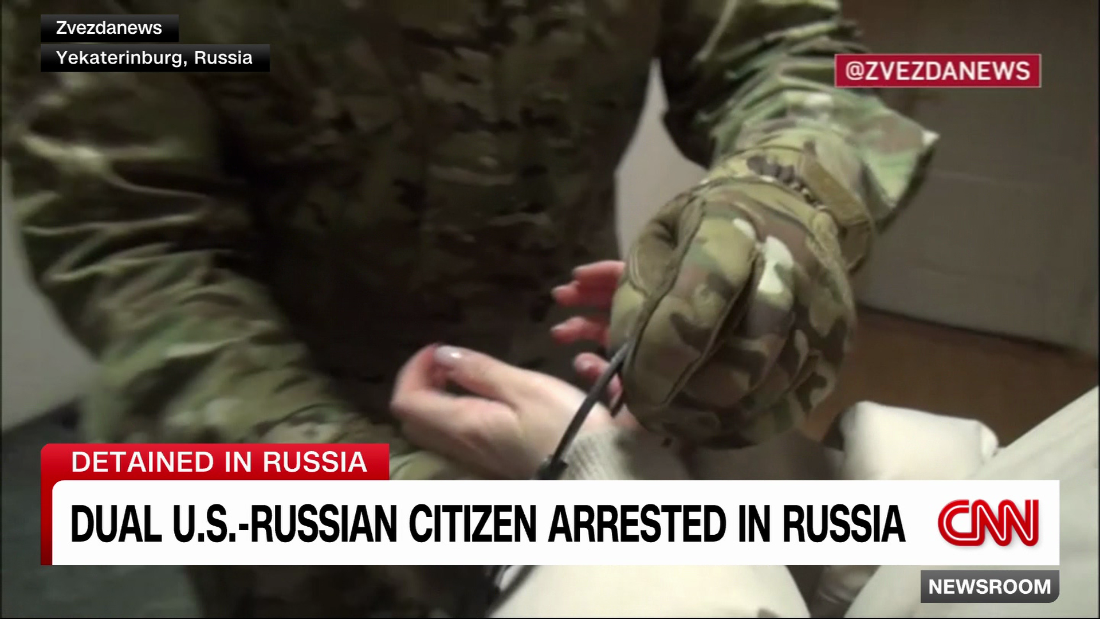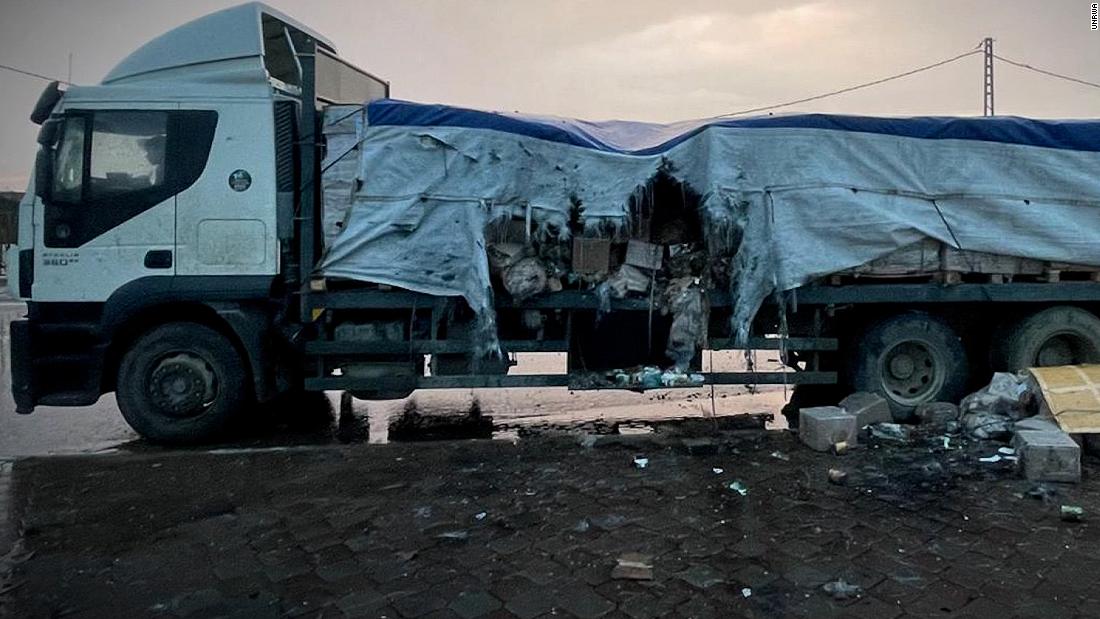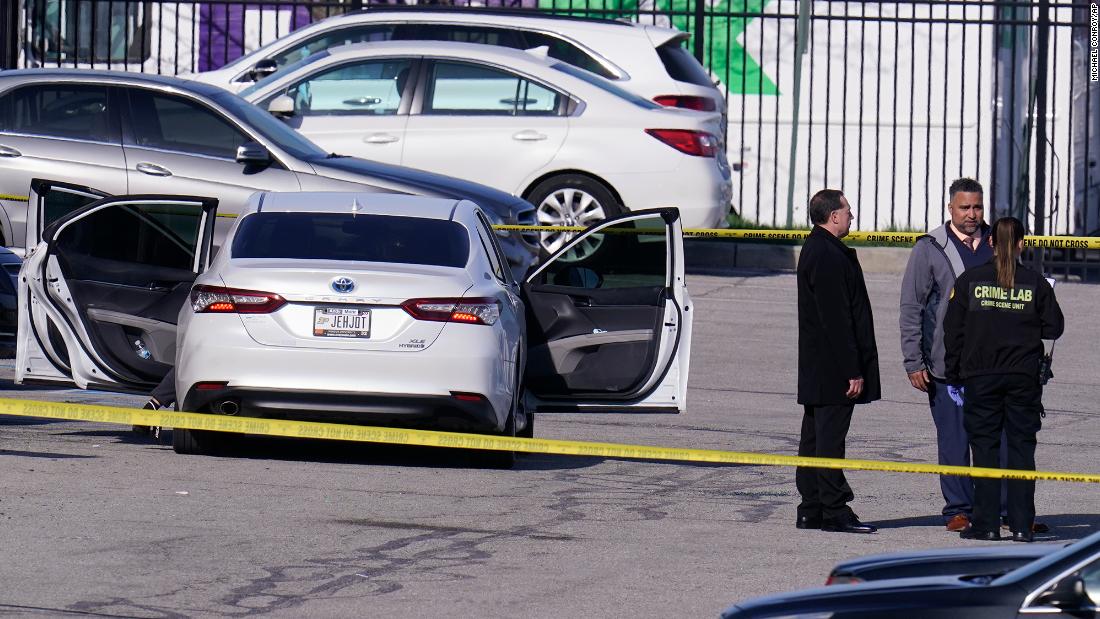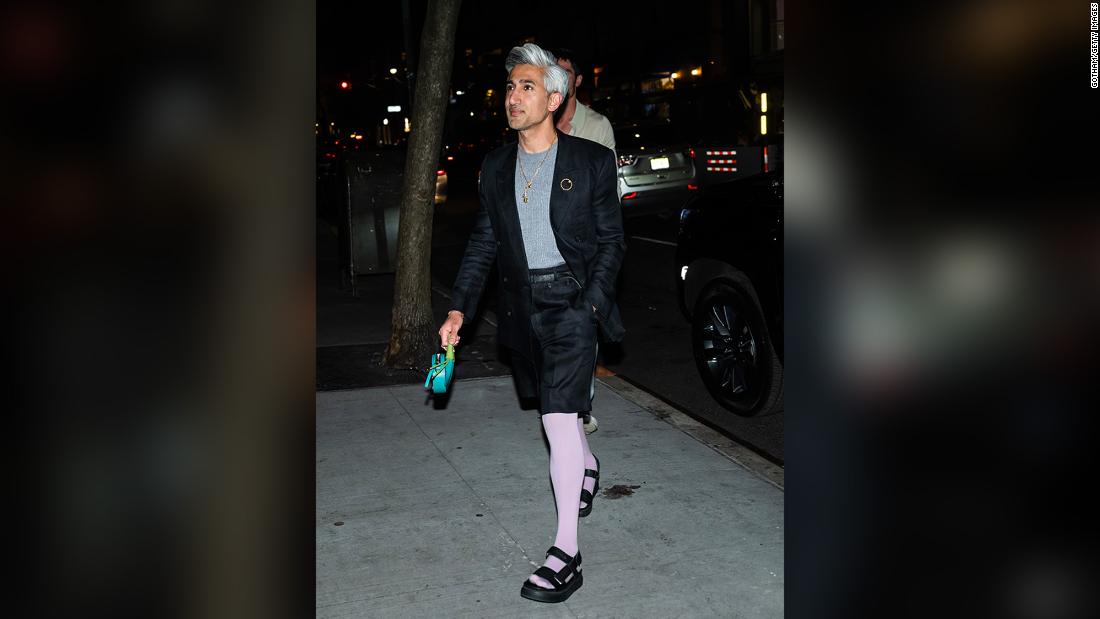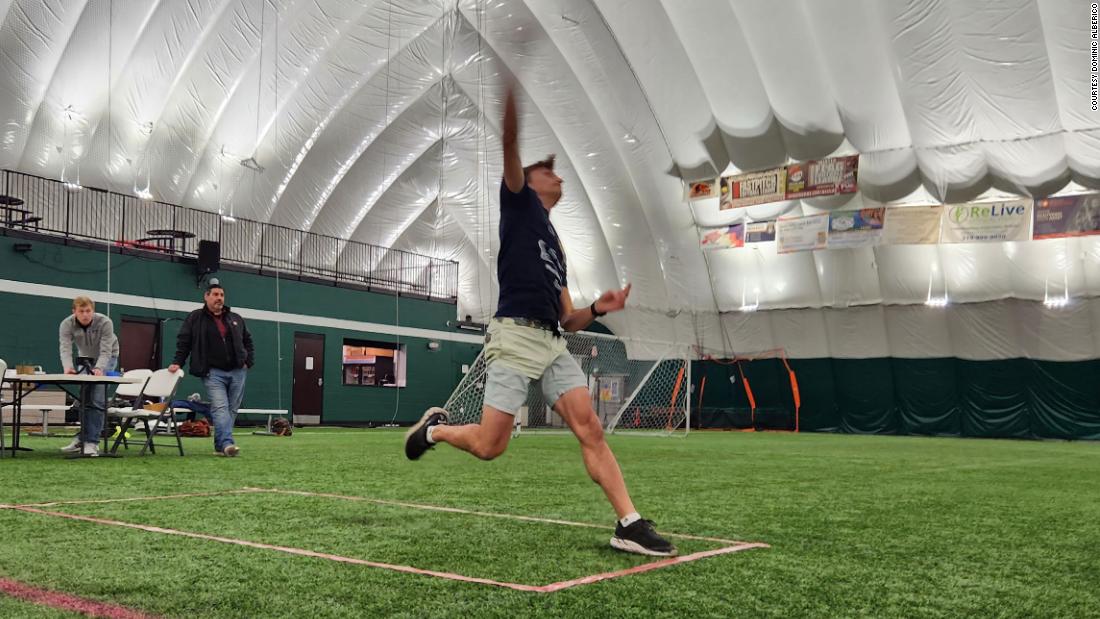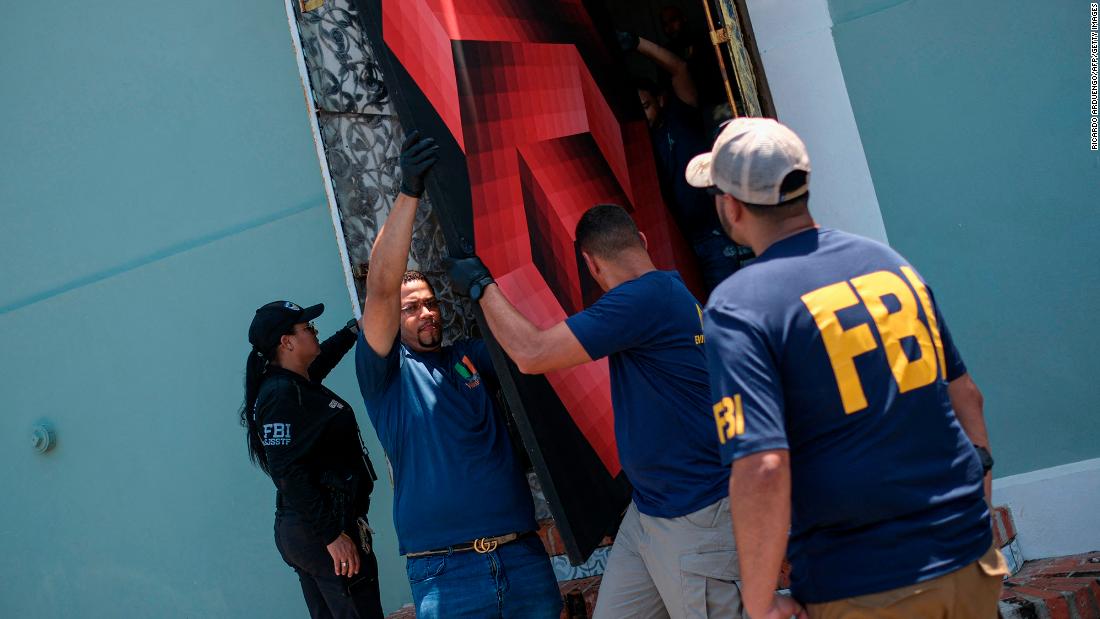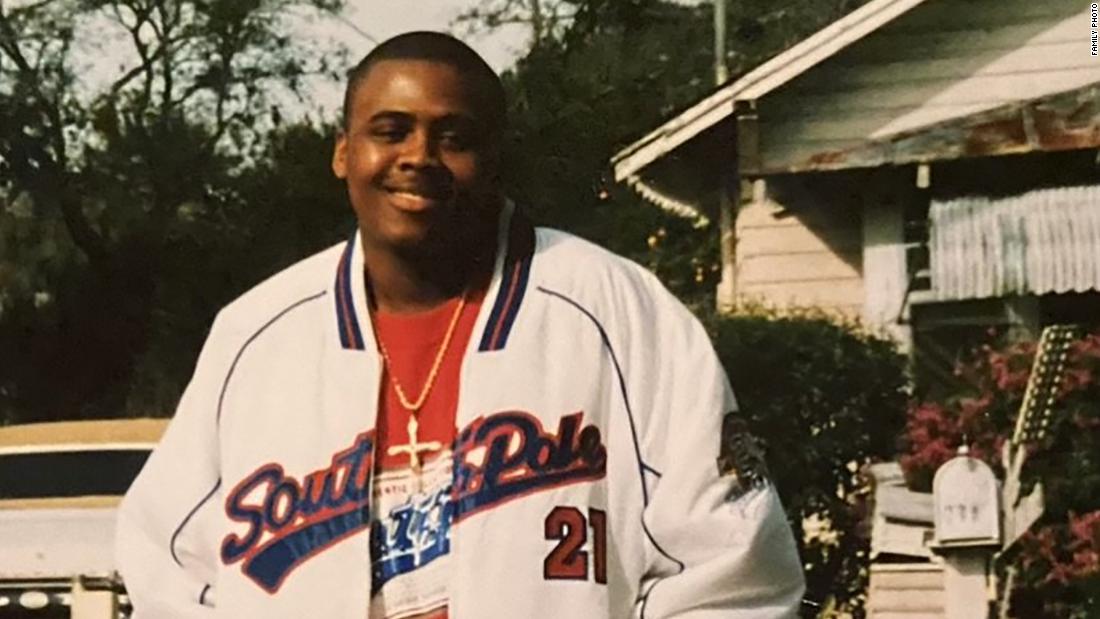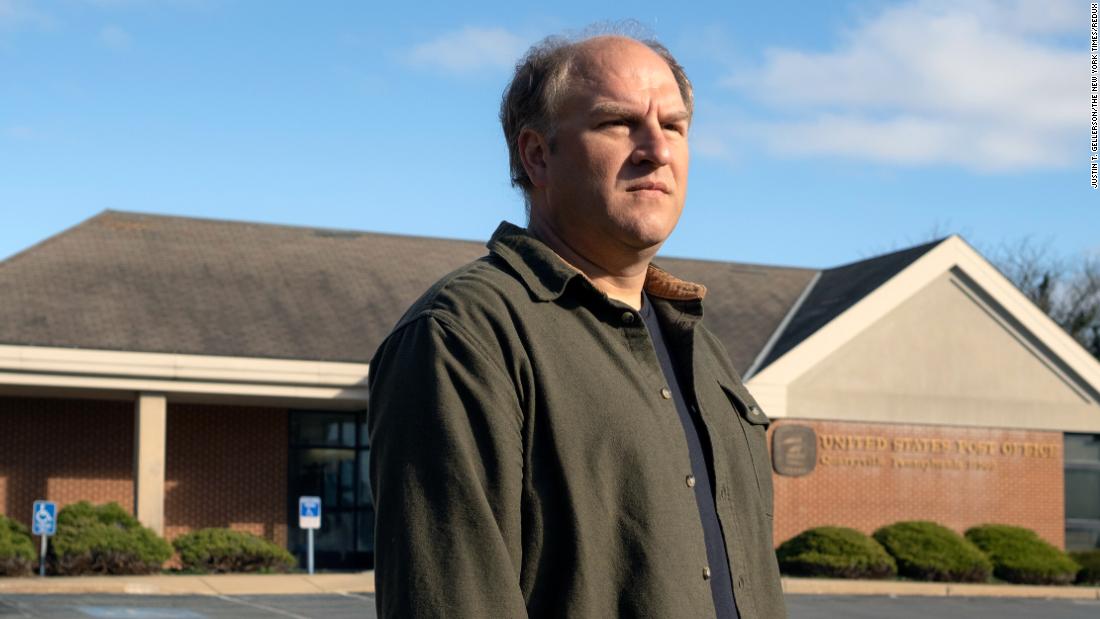FOR 60 years the final resting place of 12-year-old Keith Bennett has remained a mystery – a tragic secret that vile killer Ian Brady took with him to the grave.
Despite multiple searches, his body was never recovered and Keith‘s heartbroken mother Winnie Johnson died not being able to give her son a proper burial.
SWNS:South West News ServiceIan Brady and Myra Hindley achieved infamy in the 1960s as the Moors murderers after killing five children[/caption]
PATwelve-year-old Keith Bennett’s body was never recovered[/caption]
BBCBrady’s secret autobiography, along with case files found gathering dust in a solicitor’s attic, could provide vital clues to the location of Keith’s grave[/caption]
But now, 60 years on, Brady’s secret autobiography, along with case files found gathering dust in a solicitor’s attic, could provide vital clues to the location of his grave.
Keith was one of five children murdered by Brady and his accomplice Myra Hindley, who buried their bodies on Saddleworth Moor.
Journalist Duncan Staff – who’s worked on the case for years and even grilled Hindley in prison to see if she could pinpoint where Keith was buried – has discovered a partial manuscript written by Brady about the murders, along with the original defence case files for the murder trial.
Brady’s biographer, Dr Alan Keightley, wrote in his own book that Brady had written a 600 page autobiography called Black Light.
Dr Keightley died in 2023, but his widow Joan handed over his Brady files to Duncan – including his own copy of Black Light.
The manuscript details how they selected the site for Pauline Reade’s burial and gives specific information about the location. But it is only 394 pages long and stops the night before John Kilbride’s murder -leading Duncan to believe the missing pages could detail Keith’s murder and burial site.
He says: “I think it is incredibly frustrating for the families to know that Ian Brady has written an autobiography, Black Light, that is only surfacing now and the copy we have is incomplete.
“So the pages that describe exactly where Keith Bennett is buried could be out there somewhere.”
In the hours before his death in 2017, Brady asked for locked suitcases to be removed from his cell and handed to his solicitor Robin Makin.
The police and Keith Bennett’s family have requested access to the paperwork inside, but this has been denied.
Duncan says: “Ian Brady has been allowed to maintain control of this story even in death.
“Brady knew exactly what he was doing. It’s absolute madness that the police haven’t been able to look inside the suitcases.”
The findings are featured in a new BBC documentary, The Moors Murders: A Search for Justice, alongside the original case files for Hindley and Brady’s defence.
One of Brady’s solicitors, Benedict Birnberg, died in 2023. His firm told Duncan that any material left with them had been sent to Brady’s other solicitor Robin Makin, who also had Brady’s suitcases.
The BBC contacted Makin but he has not responded.
Astonishing discovery
1965 APIan Brady, right, pictured arriving at the courthouse in Hyde, Cheshire to be convicted of the Moors murders of five children[/caption]
RexBrady’s biographer, Dr Alan Keightley, wrote in his own book that Brady had written a 600 page autobiography called Black Light[/caption]
News Group Newspapers LtdTragically Keith Bennett’s mother Winnie Johnson died without ever knowing her son’s final resting place[/caption]
Duncan explains how he met Hindley in the 1990s when he started working on the case and quizzed her about her version of events.
“I asked her where Keith Bennett is buried. I never got a clear answer. That’s why, if I like it or not, I’m still working on the case all those years later,” he says.
“A lot of the paperwork disappeared after the trial of Myra Hindley and Ian Brady.”
Duncan had tried to get access to transcripts from their trial for decades but the CPS told him they had been shredded.
He says: “When I was told that the original defence case files existed I went to look at the material and I was astonished by what I found.
I asked her where Keith Bennett is buried. I never got a clear answer. That’s why, if I like it or not, I’m still working on the case all those years later
Duncan Staff
“Notes written by Myra Hindley and photographs taken by Ian Brady, all put together by the defence team in the 1960s.”
It was October 1965 that Saddleworth Moor in Oldham became a grisly household name.
Edward Evans was the last of Hindley and Brady’s victims – but the first to be discovered after Hindley’s brother-in-law, David Smith, who witnessed the murder, called the police.
Children had been going missing in the area for years – and the investigation into Edward Evans’ death would lead police to the abduction and murders of John Kilbride, Lesley Anne Downey, Pauline Reade and Keith Bennett.
Trophy photos taken by Brady of Hindley on the Moors would later help police find the tragic graves of John and Lesley Anne.
Hindley and Brady were charged with three murders – Edward Evans, John Kilbride and Lesley Anne Downey, as the other two bodies had not been found.
They were convicted and sentenced to life sentences with a whole life tariff.
But the case was reopened in 1985 after Brady was reported as having confessed to the murders of Pauline and Keith.
Hindley stopped claiming her innocence in 1987 and confessed to all of the murders.
Brady and Hindley were taken separately to Saddleworth Moor to assist in the search for the graves.
Information provided by Hindley helped police to find Pauline’s body. But Keith’s still remains on the moors.
Troubling photo
BBCA picture of Myra Hindley holding a puppy on a rock in the moor, in a very similar photograph to the one taken on John Kilbride’s grave, troubled the team[/caption]
AlamyWinnie Johnson with her son Joey, then 23, digging on Saddleworth Moor in a bid to find the remains of her son Keith Bennett in 1988[/caption]
PAOfficers from Greater Manchester Police search Saddleworth Moor for the remains of the body of 12-year-old Keith Bennett in 2022[/caption]
BBCAn un-searched gas pipe on Saddleworth Moor[/caption]
Hindley and Brady both maintained that Keith’s body had been buried where two streams – Shiny Brook and Hoe Grane – met.
Despite extensive searches by police, and forensic investigators working for the Bennett family, nothing was found.
But Duncan, forensic archaeologist John Hunter and retired detective Martin Slevin now think photos found in the recently discovered case files could be pointing in a different direction.
John says: “It also means that Brady and Hindley are complete liars and had taken us to the wrong place.”
The team decided to focus on photographs found in the defence case files taken by Brady.
It means that Brady and Hindley are complete liars and had taken us to the wrong place
John Hunter
There is one picture in particular that troubled the team – one of Myra Hindley holding a puppy on a rock in the moor, in a very similar photograph to the one taken on John Kilbride’s grave.
In the background is a concrete gas pipe marker – leading the team to question whether this could also be marking Keith’s grave.
Retired detective Geoff Knupfer was one of the officers who worked on the case in the 80s. He said he raised the issue at the time.
He says: “There was a thought that these two children (Pauline and Keith) could have been disposed of in the trench of the pipeline and that enquiries they made would suggest it would be far too expensive to re-excavate it and check.
“I think a decision was taken at some level with the service or Home Office that enough was enough.
“These two people have been convicted of three murders, they have been sentenced to life imprisonment, the likelihood of them ever being released is remote indeed.
“I don’t want to criticise former colleagues too much, it is all well and good if it is not your children who are missing or your family involved in it.”
The BBC team brought in modern technology including drones and GPS to the now 60-year-old case.
And the findings cemented their belief that the area around the gas pipe marker warranted further investigation.
Duncan says: “I believe the police should search the areas that Martin and John have identified, and we are going to hand all the evidence over to them.
“But I don’t think they are likely to search without an X marks the spot.”
‘Lack of accountability’
Moors Murders victims John Kilbride and Pauline Reade
News Group Newspapers LtdMaureen and David Smith – Myra Hindley’s sister and brother-in-law – who denounced Hindley and Brady to the police after Edward Evans’ murder[/caption]
Martin Slevin and Duncan also trawled through Brady’s other materials to find any insight into his way of thinking and hopefully any information that could lead to Keith’s grave.
Martin says: “We have got pretty much his whole music collection here, really eclectic mix. German marching songs, classical music, Snow White and the Seven Dwarves.”
Also included in the haul are press cuttings and media coverage of Hindley and Brady.
Duncan says: “He’s living in the past, it matters to him. The murders mattered to him and possession of Keith Bennett matters to him, and he views himself as a superstar.”
They discovered a copy of Detective Chief Superintendent Peter Topping’s book – the man who led the hunt for Keith and Pauline’s bodies in the 1980s.
In the chapters when DCS Topping detailed his interviews with Hindley, where she described not being able to hear Brady and Keith on the moors, Brady had made side notes saying: “You could not keep her away, she enjoyed it.”
Martin says: “He’s clearly saying that she was part, hands-on Keith Bennett’s murder [sic]. That is the first time we have had a direct contradiction of that account.”
Brady’s living in the past, it matters to him. The murders mattered to him and possession of Keith Bennett matters to him, and he views himself as a superstar
Duncan Staff
Duncan says: “And that means she was at the burial site.”
Martin adds: “She would have known exactly where Keith Bennett is buried.”
The police have had Hindley’s maps of the area since 2001. But there is no complete record of where they have searched.
Duncan: “What has struck me about this case is the lack of accountability.
“How no-one can be held responsible because police today can say those decisions were taken back in the Sixties, it was nothing to do with me, therefore I don’t need to do anything.
“But for the families there is this constant enduring pain. I think all of them are still impacted by the fact Keith is still missing, no matter which family it is, because they are all intertwined.
“You can’t divorce their stories.”
Greater Manchester Police initially told the BBC they were interested to see their findings, but then changed its mind.
In a statement to the BBC, GMP said its investigation remains open and it would “continue to seek the answers the family deserve and will act upon any credible evidence”.
“There have been so many missed opportunities to find Keith, and we can’t let this be another one,” says Duncan.
“We have to make sure that everything is done and that every effort is made to get hold of the missing pages of Black Light and to finally remove Ian Brady’s control.”
The Moors Murders: A Search for Justice is on BBC Two tonight (Wednesday 30 July). Both episodes are available on iPlayer now.
BBCThe search for Keith Bennet on Saddleworth Moor in 1992[/caption] Published: [#item_custom_pubDate]















